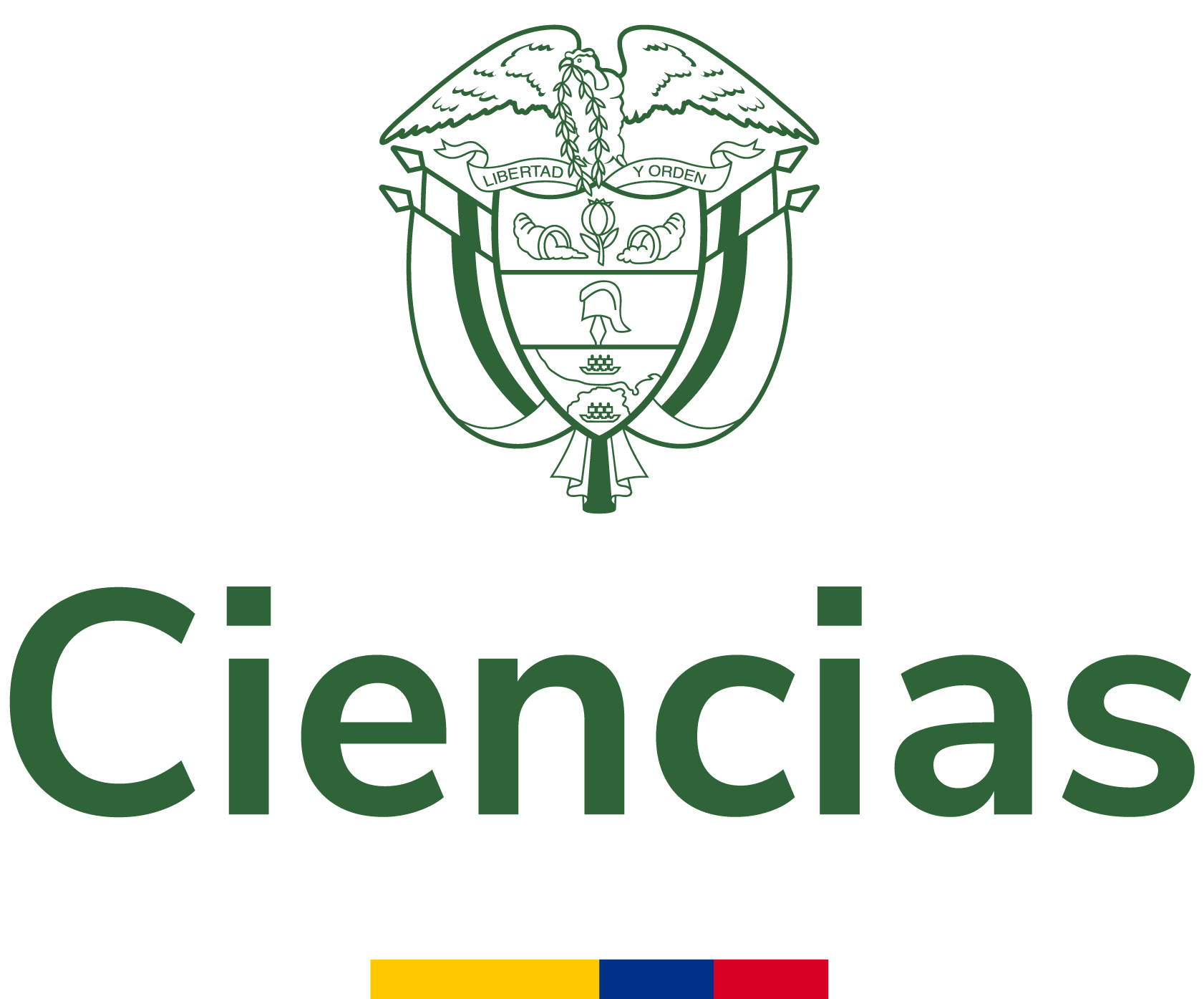Evaluación la implementación de centrífugas de velocidad variable de alta capacidad Cen-Tex 1865 para el control de sólidos en la perforación de un pozo del campo E en la Cuenca Llanos Orientales
A deficient solids control process brings with it consequences that translate into an increase in costs in the drilling operation, since it is necessary from an investment in treatment or formulation of new mud for the project, to the maintenance of equipment that suffers wear; Through this degree p...
- Autores:
- Tipo de recurso:
- Fecha de publicación:
- 2021
- Institución:
- Universidad de América
- Repositorio:
- Lumieres
- Idioma:
- spa
- OAI Identifier:
- oai:repository.uamerica.edu.co:20.500.11839/8260
- Acceso en línea:
- https://hdl.handle.net/20.500.11839/8260
- Palabra clave:
- Centrífugas alta capacidad
Control sólidos
Perforación de pozos
High capacity centrifuges
Solid controls
Well drilling
Tesis y disertaciones académicas
- Rights
- License
- Atribución – No comercial
| Summary: | A deficient solids control process brings with it consequences that translate into an increase in costs in the drilling operation, since it is necessary from an investment in treatment or formulation of new mud for the project, to the maintenance of equipment that suffers wear; Through this degree project, a way to make the solids control process more efficient is proposed through the implementation and subsequent performance evaluation of Cen-Tex 1865 high capacity centrifuges in a field in the Llanos Orientales basin. The validation of the project was carried out from the comparison between the performance in the removal of fines, and the particle size resulting from the circulation of the drilling mud in the aforementioned high-capacity centrifugal units, versus conventional low-capacity centrifuges Kubco, for which laboratory tests were carried out on the drilling mud at the discharge of each centrifuge such as the methylene blue test, with a result of 22.5 lb / bbl in both equipment, the retort test, which in solids of Low specific gravity yielded 7.7% for the Cen-Tex 1865 centrifuge and 8% for the Kubco, and finally the Cilas test, whose result for the particle size was 9.03 microns against 13.47 microns in each team respectively. Finally, after evaluating the NPV and EUAC financial indicators, it was concluded that the Kubco centrifuge generates less costs and more profits than the Cen-Tex 1865 centrifuge, but at an operational level the Cen-Tex 1865 centrifuge allows a saving of 539,175,960 COPS per day in the formulation and final disposal of the drilling mud, which makes this, added to the results of the laboratory tests, the best option in terms of operational efficiency. |
|---|






